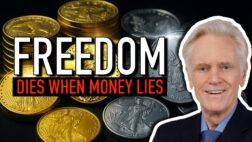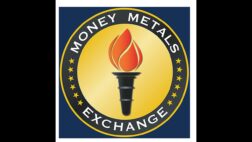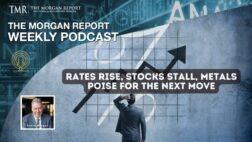(Washington, D.C. July 28, 2015) – Through the first half of this year, silver experienced increased demand for jewelry and important industrial applications, two signals of demand growth for this most versatile of metals.
Silver jewelry, a mainstay of silver demand, was strong in the first half of 2015. In the U.S., imports of silver jewelry jumped 11 percent through the end of May, as consumer desire for silver jewelry increased significantly this year. The U.S. is the largest importer of silver jewelry, as measured in dollar terms, and this demand impacts silver trade across Asia. U.S. imports from Thailand are up 18.5 percent through the end of May while China showed an increase of 14 percent in the same period.
GFMS Thomson Reuters (GFMS), the precious metals consultancy, estimates that globally silver jewelry will grow 5 percent in 2015.
With almost 60 percent of silver demand tied to industrial use, silver’s role in industrial applications is looking brighter in several important areas. GFMS forecasts a 2 percent growth in industrial applications for silver this year.
In the renewable energy industry sector, the demand for silver by solar panel producers is expected to increase 8 percent to 65 million ounces this year. The rise reflects increased solar cell production and a higher number of installations. The increase is due to the U.S., which had a 76 percent increase in solar installations in the first quarter of 2015 when compared to last year. China and India both have aggressive solar installation plans and are expected help drive this projected growth as well.
Silver demand from ethylene oxide producers is expected to increase to 8.6 million ounces in 2015, which would represent a 61 percent increase over 2014. Most of this increase will be driven by Chinese demand. Ethylene oxide is a vital building block chemical, critical in the production of plastics, solvents, and detergents and a broad range of organic chemicals, and represents one more example of the unmatched importance of silver in industry.
Electronics demand is forecast to increase modestly in 2015, by 0.4 percent. A decline in silver demand by computer and tablet producers, by an expected 4.5 percent drop in shipments this year, should be partially offset by a 3 percent increase in mobile phone shipments in 2015.
Additionally, the silver market is expected to be in a deficit of 57.7 million ounces in 2015, as supply contracts and physical demand grows.
This would mark the third consecutive year that the market is in a physical deficit. When the market experiences an annual shortfall from mine supply, users must drawdown on above ground stocks, thereby tightening available supply.
On the investment side, retail investor demand for the white metal has been sturdy in the first half of 2015, in what has been a challenging precious metals investment market. Through July 24, global silver ETF holdings increased by over 4.7 million ounces in 2015, indicating that these investors likely have a more positive longer-term view of the silver price.
In the first half of the year, global bullion coin sales totaled 43.6 million ounces, 6 percent below levels seen in the same period a year ago.
However, first half 2015 global sales were the fifth highest on record. The U.S. Mint, faced with a significant spike in investor interest, temporarily suspended sales of its silver bullion coins on July 7, after exhausting its inventory when investor demand in June surged 80 percent above the previous year’s June coin sales. The Mint resumed bullion coin sales on July 27 on an allocated basis. Similarly, Australia’s Perth Mint saw its silver coins sales spike in June due to a more attractive silver price, though sales overall are down 18 percent from the same period in 2014.
The gold/silver ratio, a simple measure of the metals’ relative prices calculated by dividing the price of an ounce of gold by the corresponding price of silver, has averaged 58 since 2000. The ratio averaged 73 in the first half of 2015, indicating that silver is underpriced relative to gold. This gives way to increased potential for buying in the silver market.
The Silver Institute is a nonprofit international industry association headquartered in Washington, D.C. Established in 1971, the Institute’s members include leading silver producers, prominent silver refiners, manufacturers and dealers. The Institute serves as the industry’s voice in increasing public understanding of the value and the many uses of silver,. For more information on the Silver Institute, or silver in general, please visit: www.silverinstitute.org.
——————————————————————————–
Contact:
Michael DiRienzo
The Silver Institute
Tel: +1 202-495-4030
e-mail: mdirienzo@silverinstitute.org
Victor Webb
Marston Webb International
Tel: +1 917-887-0418
e-mail: marwebint@cs.com
David Morgan is a precious metals aficionado armed with degrees in finance and economics as well as engineering, he created the Silver-Investor.com website and originated The Morgan Report, a monthly that covers economic news, overall financial health of the global economy, currency problems, and the key reasons for investing in precious metals.
As publisher of The Morgan Report, he has appeared on CNBC, Fox Business, and BNN in Canada. He has been interviewed by The Wall Street Journal, Futures Magazine, The Gold Report and numerous other publications. If there is only one thing to teach you about this silver bull market it is this… 90% of the move comes in the last 10% of the time! Where will you be when this happens?
Offer does not apply to Premium Memberships.



